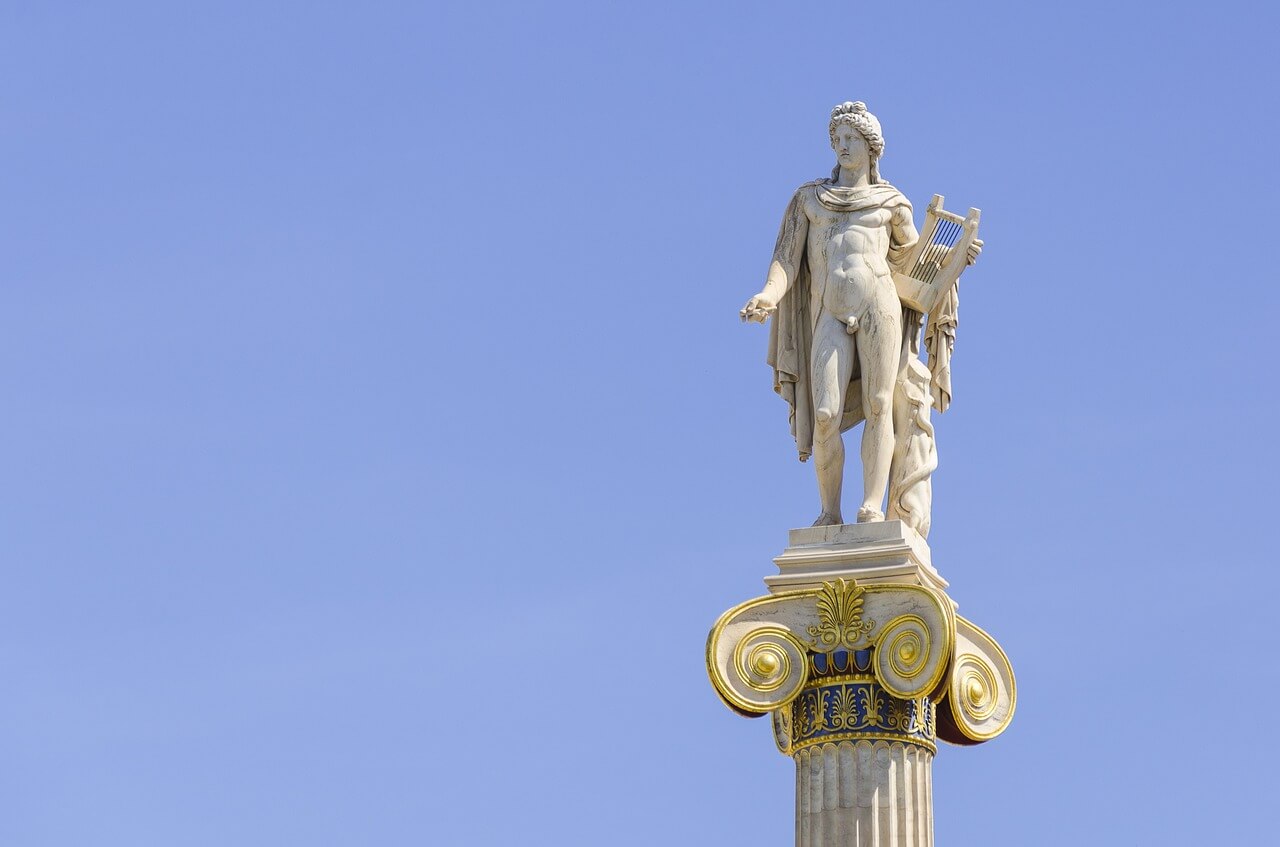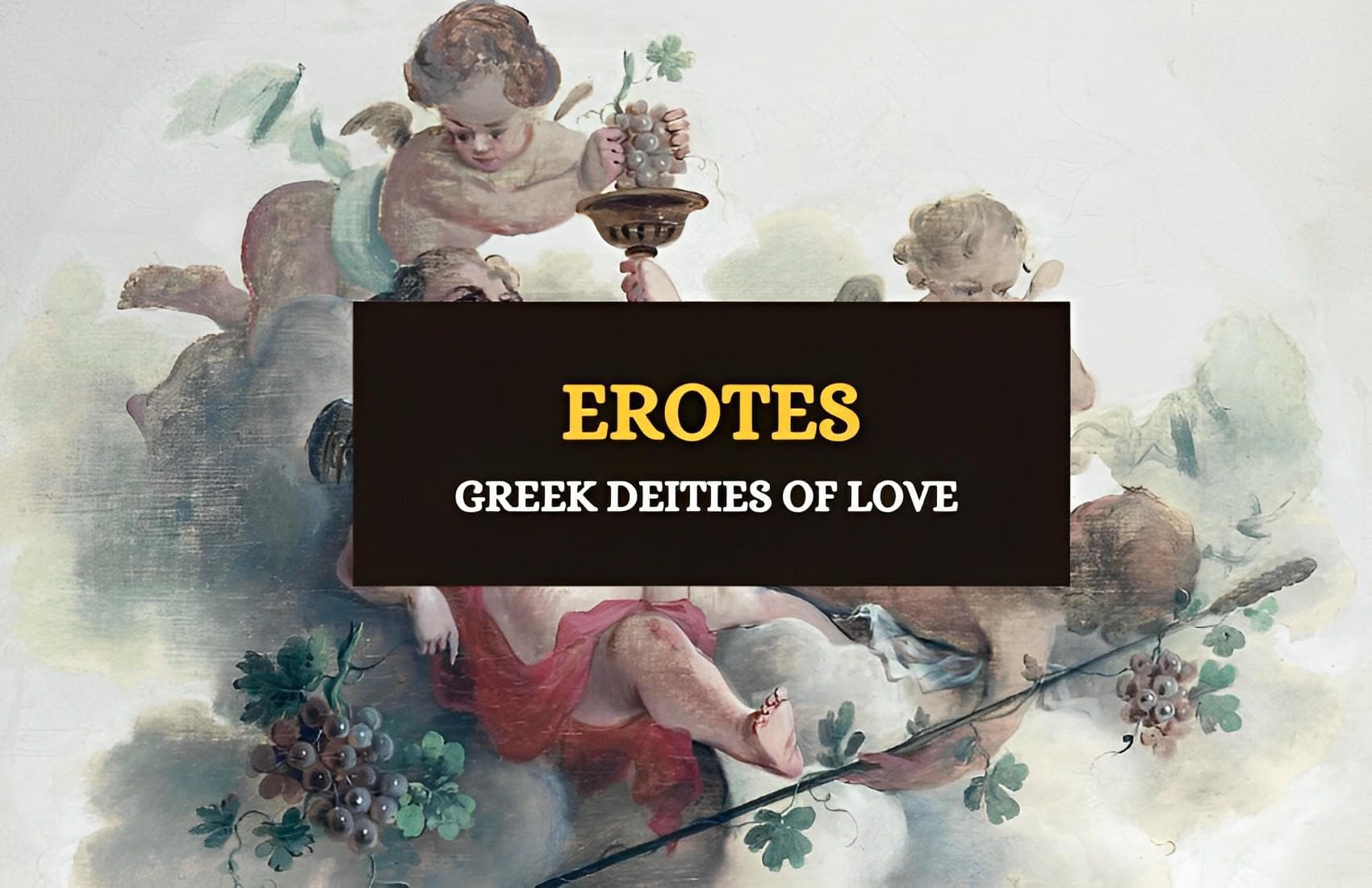
Table of Contents
Love has been a powerful driving force throughout all of mankind’s history. It is an emotion so complex and relevant to cultural life, that the Greeks had not one but several deities for it. In fact, the main goddess of love, Aphrodite, needed many helpers to do her work. These were called the Erotes, named after the Greek word for love in plural. Their number varies, depending on the sources, but we know there were at least eight.
About the Erotes
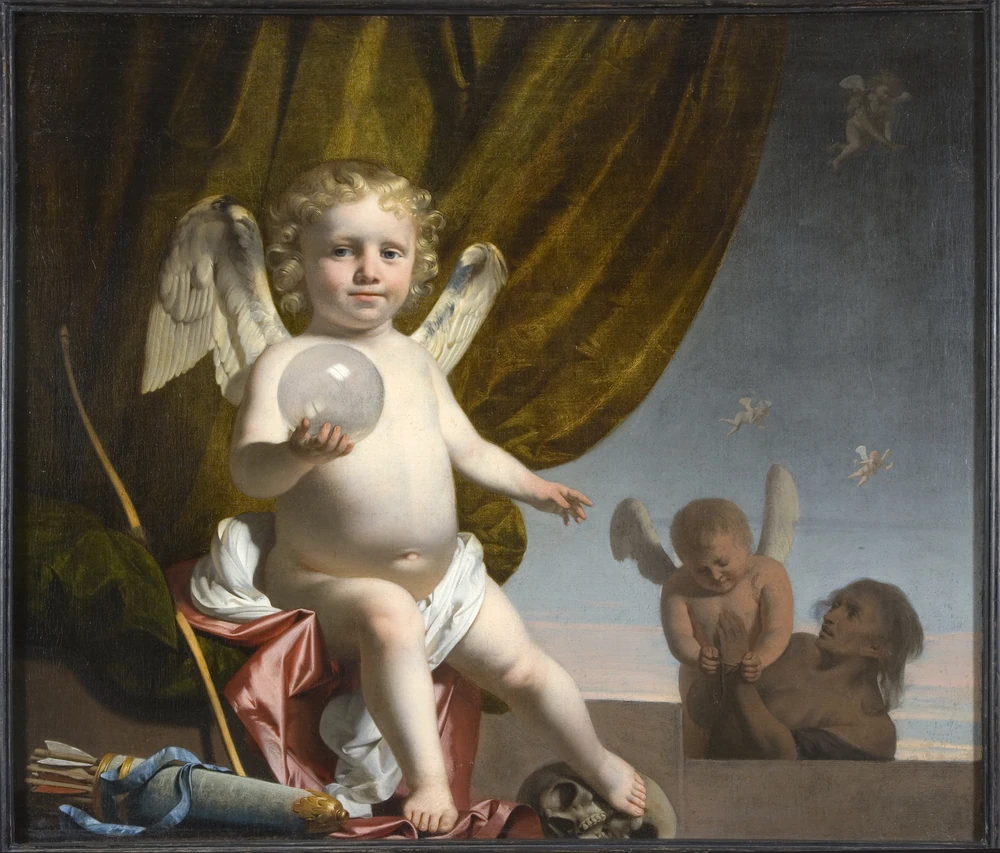
The Erotes are typically depicted as nude, winged youths associated with love, sex, and fertility. The number of Erotes varies depending on the source, ranging from three to over eight. While they’re sometimes depicted as individual beings, the Erotes have also been portrayed as symbolic representations of love or as manifestations of Eros, the god of love. There have also been several named gods considered to be Erotes.
Aphrodite and The Erotes
Although Aphrodite is commonly credited with being the mother of all the Erotes, this is not at all accurate. At least one, Hymenaios, was not her direct descendant, and some sources indicate that Pothos may have not been her son either.
Aphrodite was the principal goddess of beauty, sexuality, and love in general. Hesiod, in his Theogony, narrates that she was born from the genitals of Uranus, whose son Cronus had severed and thrown into the sea. During Greece’s Classical Period, she came to be one of the most important goddesses of their pantheon. Her predominance assured her a place in Mount Olympus, where the throne of Zeus was located, and the gods had their home.
Aphrodite needed a substantial entourage to fulfill her various responsibilities, so she was permanently surrounded by many acolytes. The Erotes were one of such groups of gods that surrounded her, but so were the Charites, daughters of Zeus and Eurynome.
List of Erotes
While the exact number of Erotes varies, the following is a list of the most well-known named Erotes.
1. Himeros
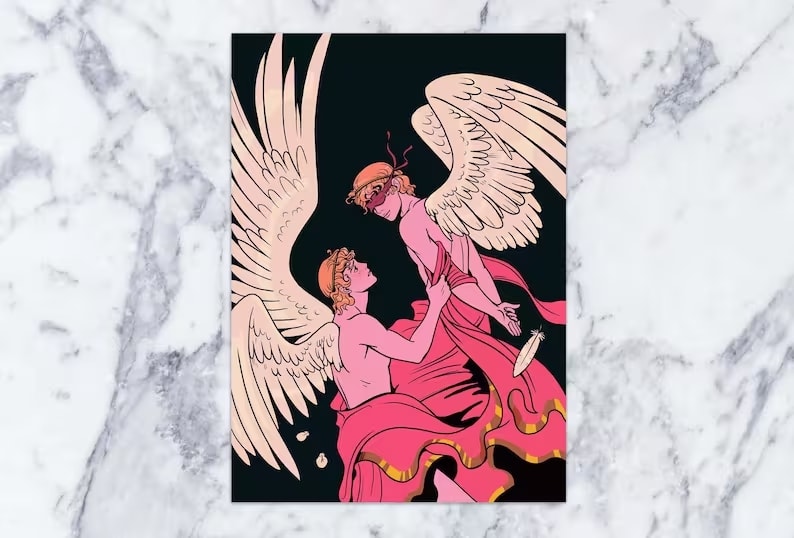
Himeros was one of the most loyal servants of Aphrodite. Accordingly, he is seen in many of the paintings and depictions of the goddess, together with his twin brother Eros. The twins were supposed to have been born at the same time as Aphrodite, but they are also sometimes said to be her sons.
Himeros is usually depicted as a winged and muscular youth, and his signature piece of clothing was his taenia, a colorful headband usually worn by Greek athletes. His counterpart in Roman mythology was Cupid, and like him, he would sometimes be depicted holding a bow and arrow. His arrows were said to ignite desire and passion in those who were hit by them. Himeros was the god of uncontrollable sexual desire, and so he was worshipped and feared at the same time.
2. Eros
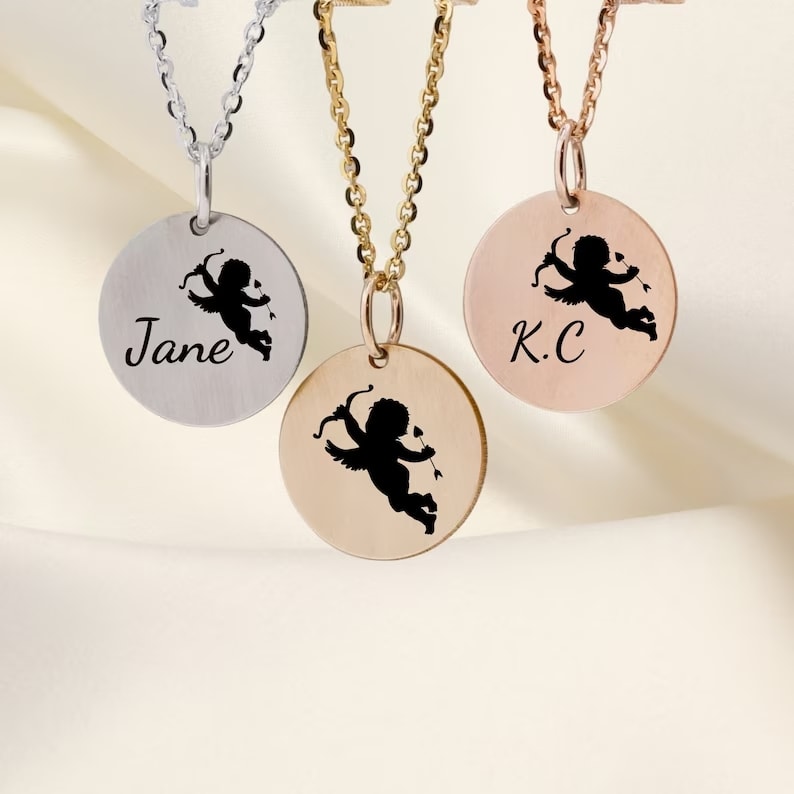
Eros was the god of conventional love and sexual desire. He used to carry a torch and sometimes a lyre, along with his bow and arrow. His popular Roman counterpart is Cupid. Eros features in many important myths, including that of Apollo and Daphne.
In some myths, he plays the main character. According to a popular tale by Appuleius, Eros was summoned by her mother, Aphrodite to take care of a human girl named Psyche, so beautiful that people were starting to worship her instead of Aphrodite. The goddess grew envious and sought retaliation. She asked Eros to make sure Psyche would fall for the most despicable and low man she could find, but Eros could not help but fall in love with Psyche. He threw the arrow his mother had given him for Psyche into the sea and loved her secretly and in darkness every night. He did this so Psyche could not recognize his face, but one night she lit an oil lamp to see her lover. Unfortunately, one drop of boiling oil fell onto Eros’ face, burning him and making him desert her disappointed.
3. Anteros
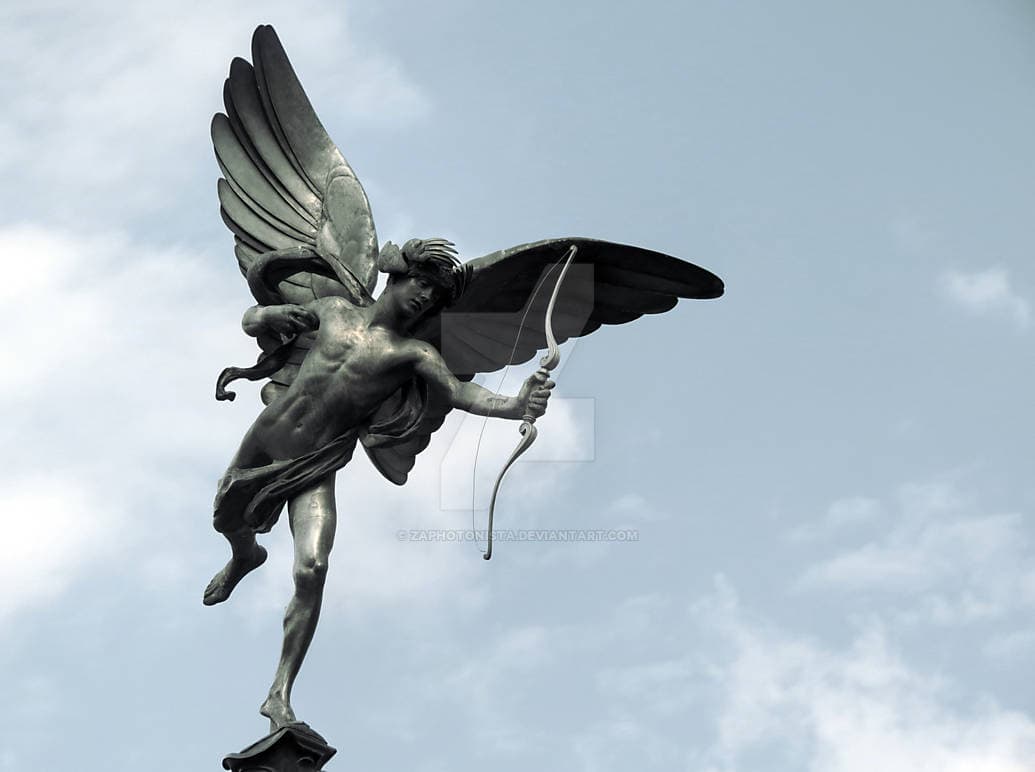
Anteros was the avenger of mutual love. He detested those who scorned love and those who did not return the love received. Consequently, he is shown in most depictions standing on a scale, symbolizing the balance and equity that he pursued.
Anteros was the son of Aphrodite and Ares, and some accounts say he was conceived as a playmate for Eros, who was lonely and depressed after his face had been burned. Anteros and Eros were very similar in appearance, although Anteros had longer hair and sometimes would wear butterfly wings, instead of feathered wings as most Erotes did. He would also usually not use a bow and arrow and would wield a golden club instead.
4. Phanes

With golden wings, and surrounded by snakes, Phanes was one of the main gods in Orphic tradition. In their cosmogony, he was called Protogonus, or first-born, because he had been born from a cosmic egg, and he was responsible for all the procreation and generation of life in the world.
As a later addition to the Erotes group, some scholars tend to see him as a fusion of some of them. For instance, Orphic sources commonly report that he is androgynous, as was Hermaphroditus. In many representations, he is very hard to tell apart from Eros, for they are depicted in the same fashion.
5. Hedylogos
Little is known about Hedylogos, apart from his appearance, for no surviving textual sources name him. A few Greek vases, however, depict him as a winged, long-haired youth, drawing the chariot of Aphrodite in the company of his brother Pothos. Hedylogos comes from hedus (pleasant), and logos (word), and is considered a god of flattery and adulation, who helped lovers find the precise words needed to declare their emotions to their love interests.
6. Hermaphroditus

Legend states that Hermaphroditus was once a very beautiful boy, so handsome that right after seeing him the water nymph Salmacis fell in love with him. After that first encounter, she could not stand the thought of living apart from him, so Salmacis asked the gods to be with him forever. The gods complied and made their bodies merge into one, a person who was both a man and a woman.
Hermaphroditus became associated with androgyny and hermaphroditism and is a protector to those who find themselves in the middle of genders. In artistic representations, their upper body has predominantly male features, but they have a woman’s breasts and waist, and their lower body is predominantly female but with a penis.
7. Hymenaios or Hymen
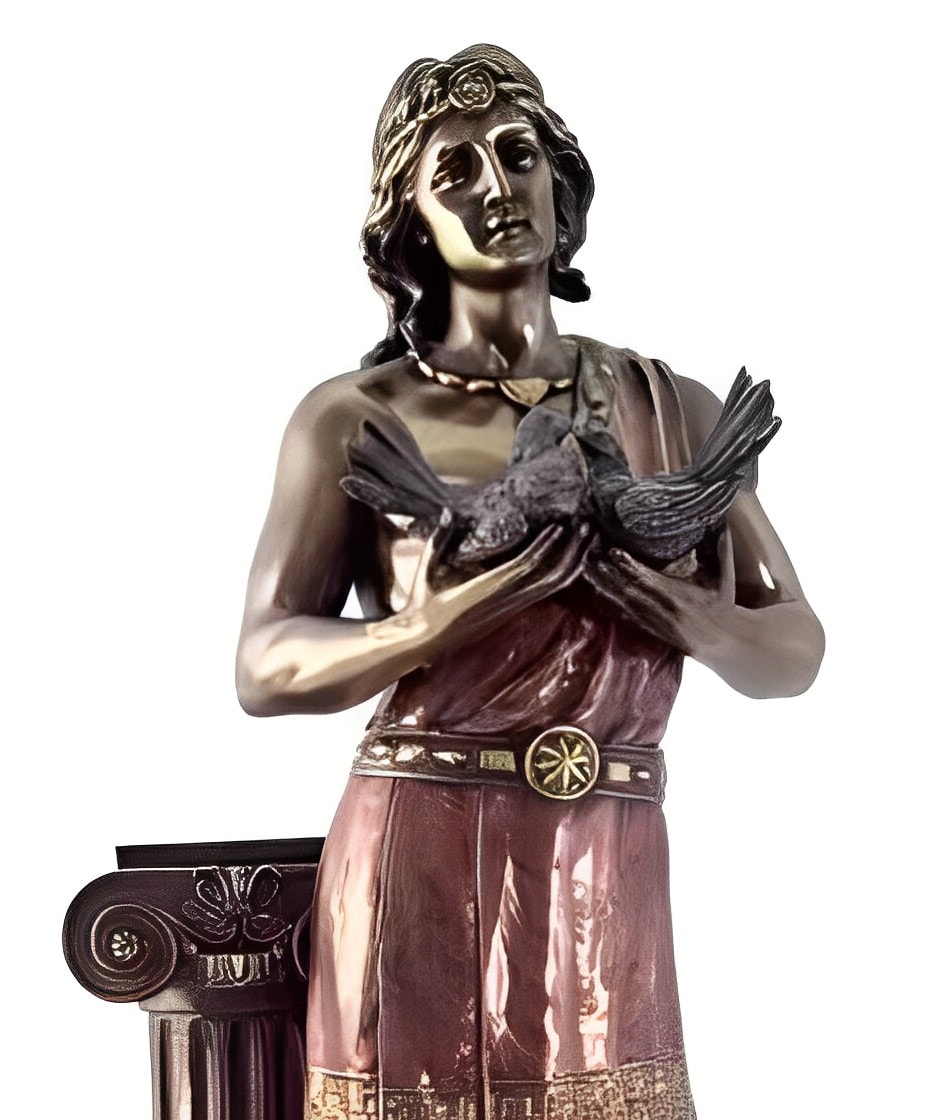
The god of wedding ceremonies was called Hymenaios. His name comes from the hymns that were sung during the ceremonies, which accompanied the newlyweds from the temple to their alcobe. He carried a torch to show the groom and bride the path to happiness and fruitful marriage and was responsible for a successful wedding night. The poets that mention him agree on him being a son to Apollo, but they all mention different Muses as his mother: either Caliope, Clio, Urania, or Terpsichore.
8. Pothos
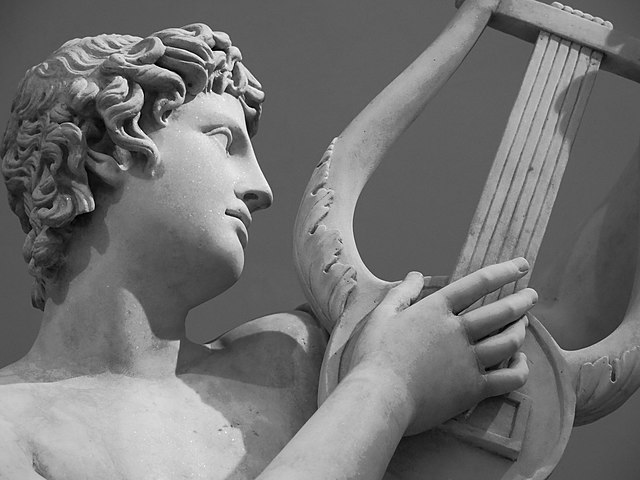
Last but not least, Pothos was the god of yearning for love and also longing for sex. As described above, he is seen in art next to Pothos, but he usually accompanies Himeros and Eros too. His defining attribute is a grapevine. In some myths, he is the son of Zephyrus and Iris, while in others, her mother is Aphrodite, and his father Dionysus, the Roman Bachus.
Wrapping Up
Numerous myths and accounts speak of the Erotes. In most of them, they are responsible for driving people mad or making them do the strangest things out of love. They would go on to become the Roman Cupid, who also appears in multiple forms, but is known today as a chubby infant with wings.
Related Articles:
Greek Gods (Twelve Olympian) and Their Symbols
Uranus – The Story of The Primordial Greek God of the Sky
The Power of Poseidon: Greek God of the Sea
Who is the Greek God Phosphorus?
Erebus – Greek God of Darkness
Kratos – Greek God of Strength
Apollo – The Story of The Greek God of Music, Sun and Light
